In Focus: How the belt of a goddess revealed the true colours of the Parthenon marbles
For nearly 200 years the Parthenon marbles held onto the secret they were suspected of keeping.


What does one think of when they draw up a picture of Ancient Greece in their mind?
For most, including several of my Classics graduate cohort, it's wooden ships on stony beaches, narrow streets crowded with with long, pale togas and bone-white temples glowing in the sun.
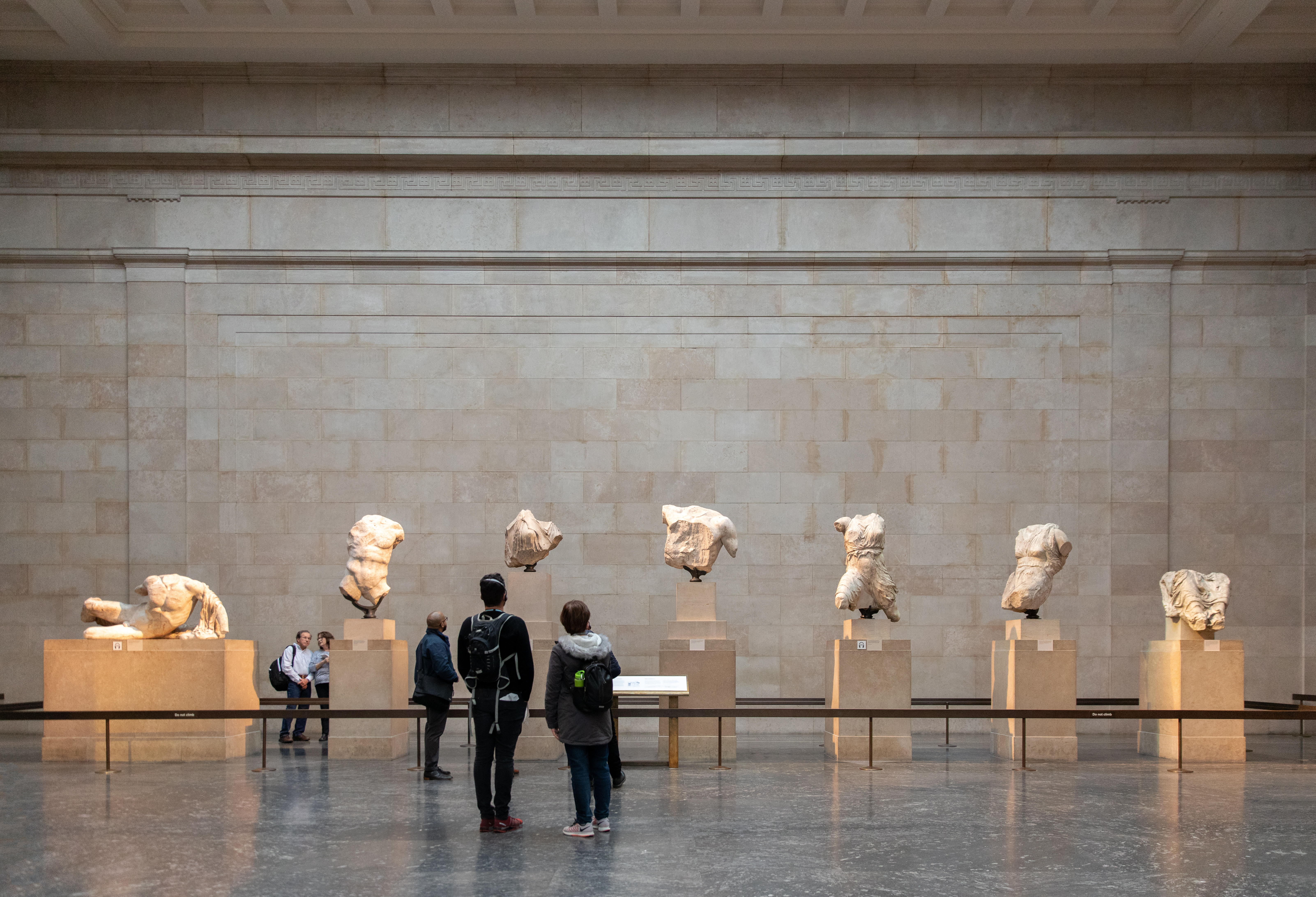
It’s one of the first things children learn about the ancient world and it’s no wonder why it sticks in our minds so vividly, especially in a country where we're surrounded by reminders and imitations, from colonnaded buildings to artefacts themselves in our national museums.
Whether they should still be there or not is a different matter entirely, but I digress.

Modern Greece (at least the parts that most tourists see) lends itself to reinforcing this perception. Bright white churches rise from cobbled streets, set in relief against cobalt waves. White clothing abounds to block out the heat of the midday sun. It’s an elegant colour palate, highly Instagramable, known throughout the world as belonging to that corner of the Mediterranean.
That’s one of the reasons why it came as such a shock to the unsuspecting parts of the academic community when traces of Egyptian Blue, an ancient pigment that fell out of fashion around 800AD, were found on the belt of Iris on the Parthenon marbles.
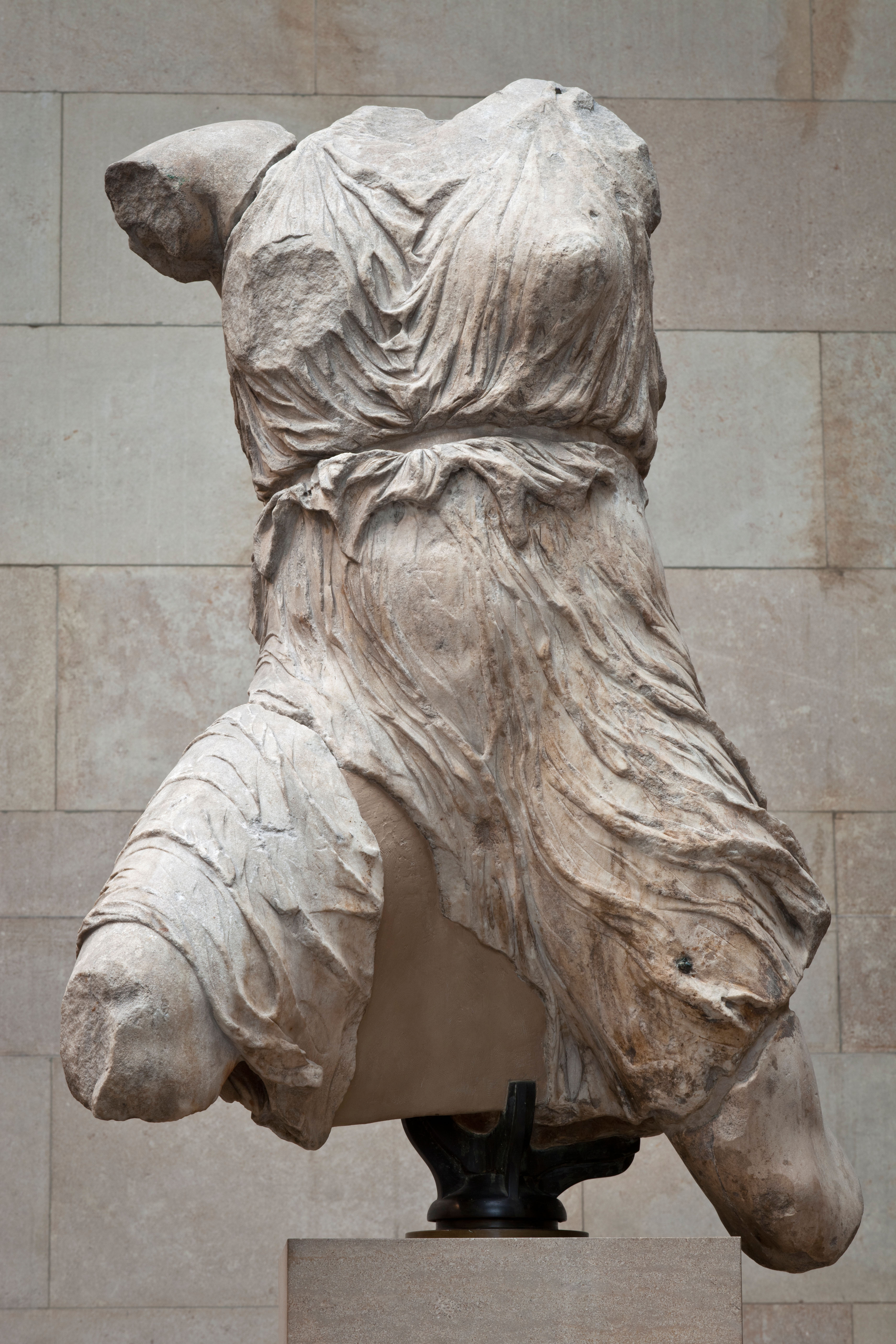
You can see her on the west pediment of the Parthenon gallery in the British Museum, witnessing the competition between Poseidon and Athena that, according to myth, gave Athens its name. Truncated by time, her arms and legs are missing, along with he wings that were inserted into her shoulders.
Sign up for the Country Life Newsletter
Exquisite houses, the beauty of Nature, and how to get the most from your life, straight to your inbox.
Her head is thought to be the Lamborde head in the Lourve, Paris and her clothing is draped around her torso as if she’s in flight (artistry which helped to identify her as the winged messenger goddess), secured by a belt absolutely chock-a-block full of Egyptian blue traces.
The ancient dye emits near-infrared radiation when excited by visible light, a discovery which allowed Dr Giovanni Verri, working with the marbles in the British Museum at the time, to reveal the traces on the sculpture.

It wasn't exactly breaking news to those who study ancient artefacts, but it was the first discovery of undeniable proof that the Parthenon friezes were coloured. Classicists have actually known for more than two centuries that the Ancient Greeks and Romans painted their statues, although it appears that Hollywood had been dodging their phone calls.
No one appears to have told Tennessee either, who reproduced the giant ivory and gold statue of Athena and the walls inside their Parthenon recreation in technicolour glory, but neglected to take a tin of Farrow & Ball’s Charlotte’s Locks to its exterior.
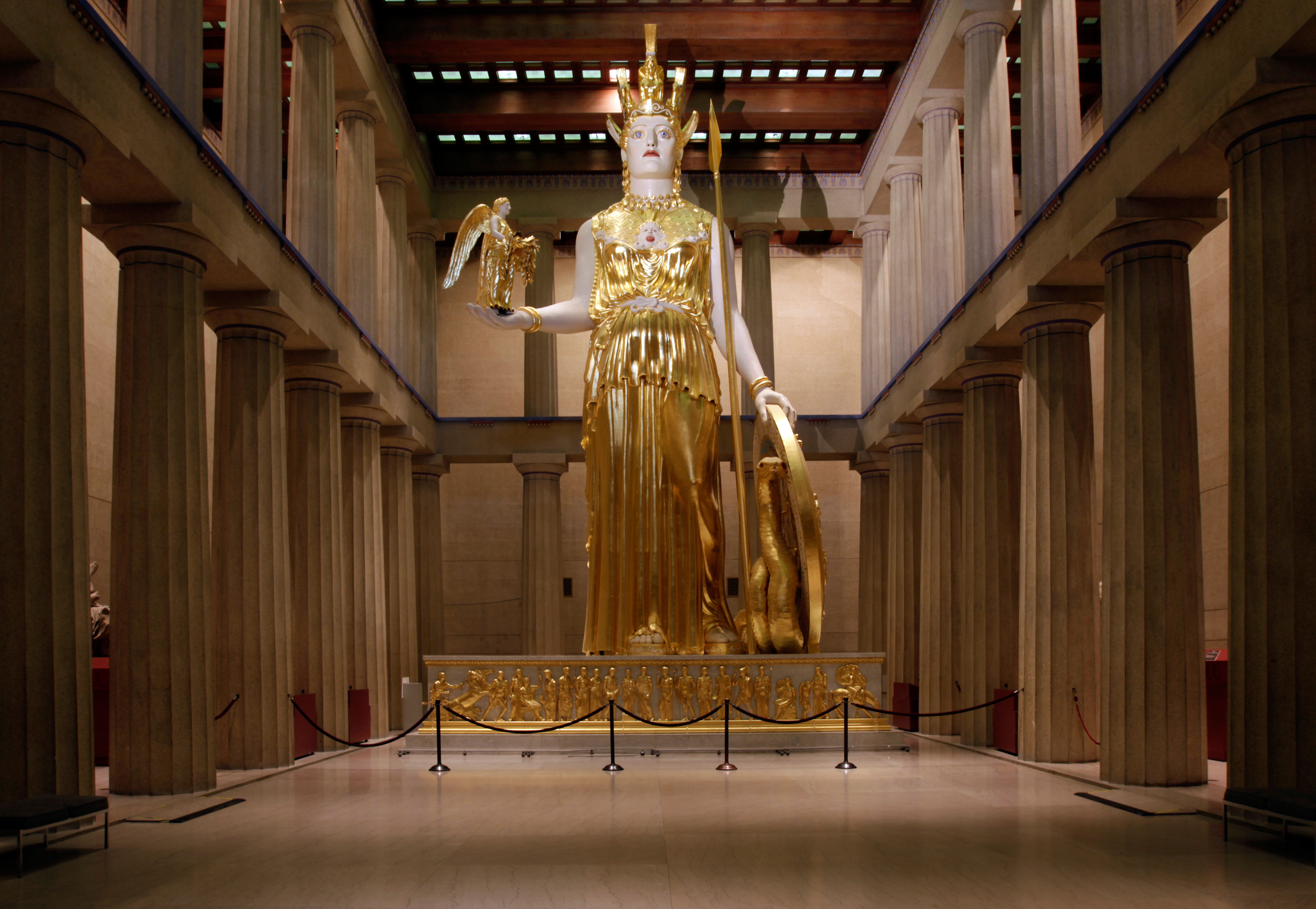
Nevertheless, the fact is undeniable; statues, temples and all that seems to be innocently pure marble was once painted bright, gaudy colours.
The ancient playwright Euripides knew it, having his Helen lament her beauty thusly:
If only I could shed my beauty and assume an uglier aspect The way you would wipe colour off a statue
It was in 2009 when Dr Verri identified the first traces pigment on the Parthenon marbles, despite extensive former research failing to find even a hint of colour on any of the surviving fragments. Since then, the Greeks have found similar traces on their own fragments, although tensions over where the marbles should be permanently housed prevents too much collaborative research.

It’s hardly surprising when you think of the origins of what is probably the most famous ancient building in the world. The Parthenon was commissioned by Pericles, Athen’s greatest general, as a celebration of the Grecian victory over the Persians. It was big and gaudy, a demonstration of Athenian wealth, an insult to those they had conquered in battle. Subtle shades wouldn’t do.
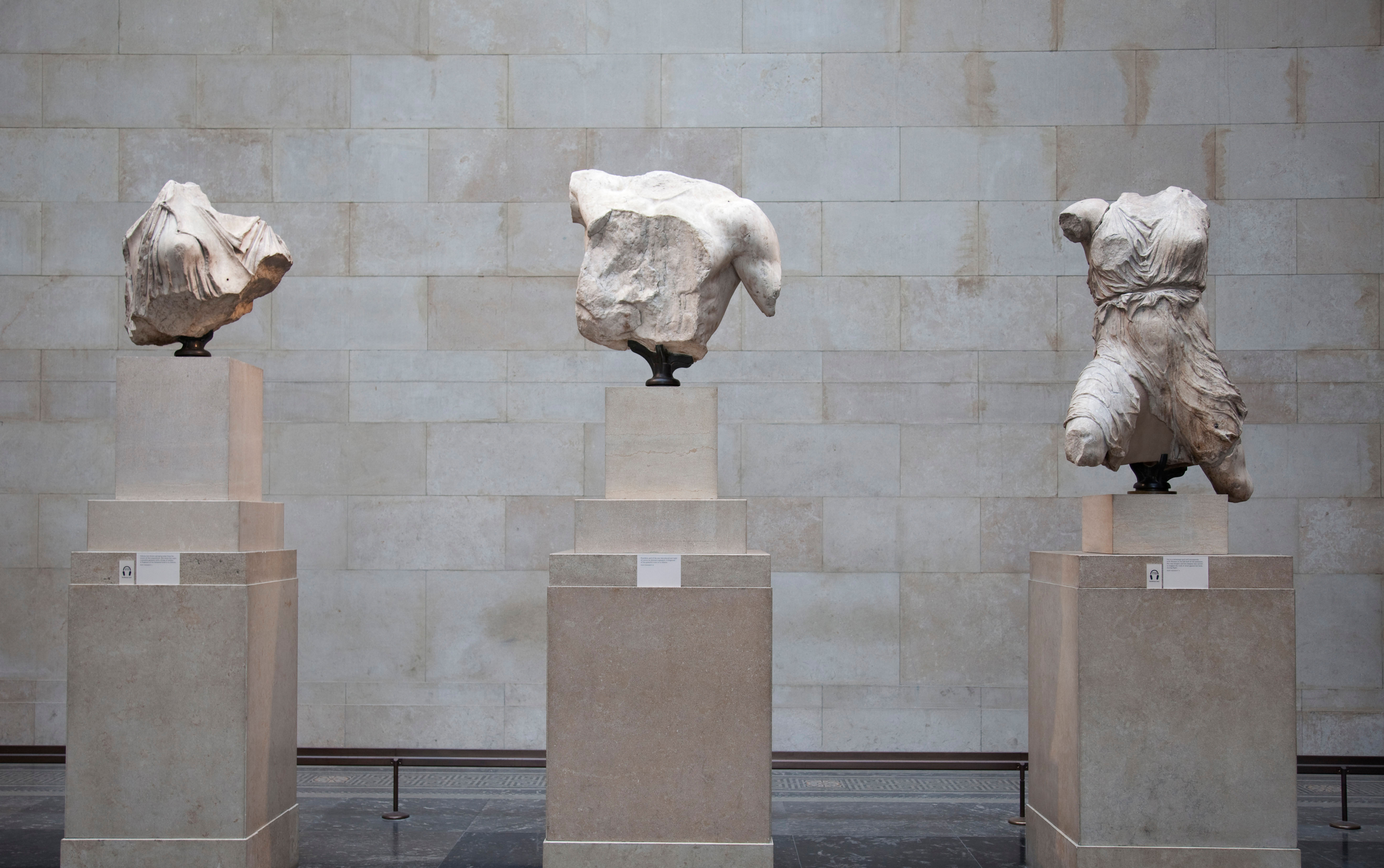
Responses to the polychromatic discovery are, at best, mixed. The discovery seems to have been entirely ignored by the world of classically-influenced materials. ‘Bring back our pure-white perceptions, false though they may be’ the masses cry, looking at the white busts in their foyers with new eyes. ‘I had no idea.’ Our interiors editor remarks to me. ‘How fascinating.' He pauses and adds, 'They look better as just marble’.
Time, 2. Pericles, 0.

In Focus: The story behind Snoopy and Schulz's beloved 'Peanuts' cartoon strip
Alexandra Fraser visits the home of Charles Schulz in Sonoma County, California, to discover the origins of Somerset House’s latest

Credit: Alamy Stock Photo
A foodie tour of Emilia Romagna, where Parma ham and proper Parmesan are washed down with Lambrusco
The real Parmesan cheese, true Parma ham and Traditional Balsamic Vinegar, all confined to one region of production. Alexandra Fraser

Curious Questions: Can a swan really break your arm?
We’ve all heard the famous old wives' tale – but is there any truth to it, or is it merely

Why we should be turning to sunny Greece for our summer wines
Some particularly attractive Greek wines deserve our attention, states Harry Eyres.
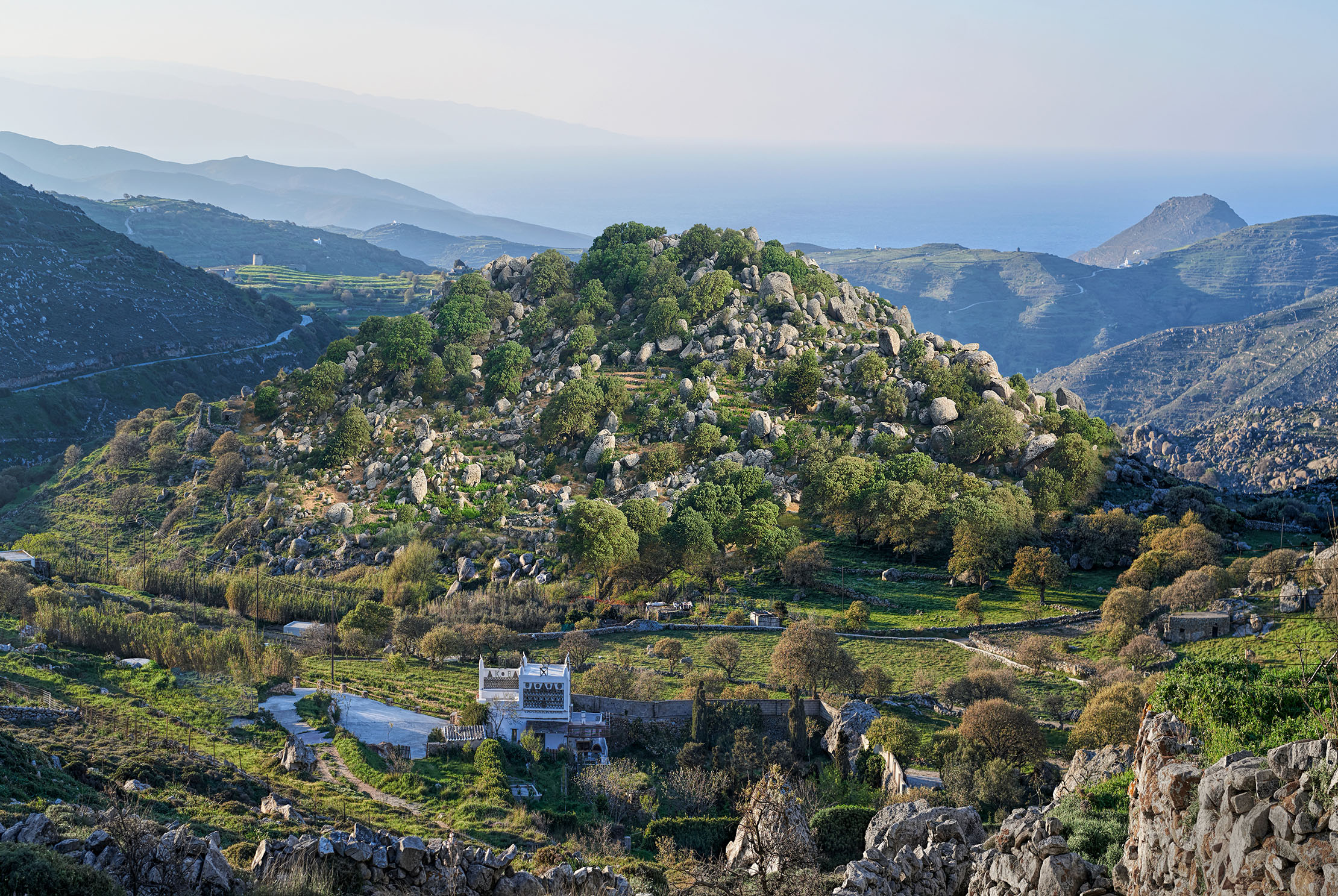
Xinara House, Tinos: A villa full of art and life on an island that is Greece at its unspoilt best
Sophia Constant had barely even heard of Tinos before she travelled across for a stay at Xinara House; she came
-
 'To exist in this world relies on the hands of others': Roger Powell and modern British bookbinding
'To exist in this world relies on the hands of others': Roger Powell and modern British bookbindingAn exhibition on the legendary bookbinder Roger Powell reveals not only his great skill, but serves to reconnect us with the joy, power and importance of real craftsmanship.
By Hussein Kesvani
-
 Spam: The tinned meaty treat that brought a taste of the ‘hot-dog life of Hollywood’ to war-weary Britain
Spam: The tinned meaty treat that brought a taste of the ‘hot-dog life of Hollywood’ to war-weary BritainCourtesy of our ‘special relationship’ with the US, Spam was a culinary phenomenon, says Mary Greene. So much so that in 1944, London’s Simpson’s, renowned for its roast beef, was offering creamed Spam casserole instead.
By Country Life
-
 In Focus: How the 'Tottering Hall' cartoonist became a sculptor
In Focus: How the 'Tottering Hall' cartoonist became a sculptorBest known as the creative force behind Dicky and Daffy, it was her son’s death that prompted Annie Tempest to learn ‘the grammar of the sculptor’s language’, discovers Ian Collins.
By Country Life
-
 In Focus: How Italy inspired JMW Turner
In Focus: How Italy inspired JMW TurnerMary Miers considers how the country that fascinated Turner from youth shaped his artistic vision.
By Mary Miers
-
 In Focus: Why the eerie thrives in art and culture
In Focus: Why the eerie thrives in art and cultureThe tradition of ‘eerie’ literature and art, invoking fear, unease and dread, has flourished in the shadows of British landscape culture for centuries, says Robert Macfarlane.
By Country Life
-
 In Focus: John Hassall's iconic travel posters
In Focus: John Hassall's iconic travel postersThe works of British poster king John Hassall remain a breath of fresh seaside air, says Lucinda Gosling.
By Country Life
-
 In Focus: the fungi sculptures that bend stone into soft, flowing forms
In Focus: the fungi sculptures that bend stone into soft, flowing formsThey may look as delicate and organic as the real thing, but Ben Russell’s sculptures of fungi, cacti and roots will outlast us all, believes Natasha Goodfellow.
By Country Life
-
 In Focus: How 21st century artists are reviving the art of the fresco
In Focus: How 21st century artists are reviving the art of the frescoOnce practised by Michelangelo, Raphael and da Vinci, the art of fresco creation has changed little in 1,000 years. Marsha O’Mahony meets the artists following in their footsteps.
By Country Life
-
 Why a good frame can be a work of art in its own right
Why a good frame can be a work of art in its own rightCatriona Gray retraces the history of frames, admires the craftsmanship required to make them and discovers what's the best way to preserve them.
By Country Life
-
 In Focus: The Heath Robinson Museum at Pinner, home to decades of gently satirised modern life
In Focus: The Heath Robinson Museum at Pinner, home to decades of gently satirised modern lifeHuon Mallalieu tells the story of the small museum in Middlesex, where you'll find the last records of the county before it became overrun by suburbia.
By Huon Mallalieu